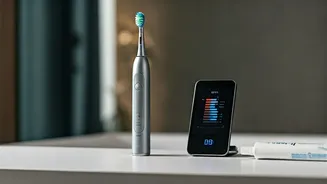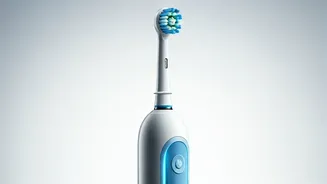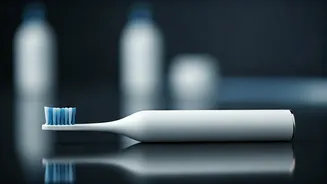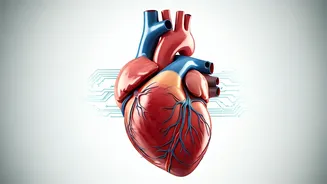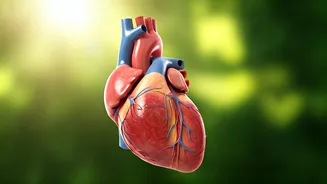Why Brush Better?
The quest for improved oral health often starts with a fundamental, yet essential, practice: brushing your teeth. While the act of brushing is universally
understood, the effectiveness of this everyday routine can vary significantly. Many individuals may not realize the potential of brushing, which contributes to overall health. It's not just about removing surface stains; it’s about a comprehensive approach to eliminate plaque and bacteria. Proper brushing, along with regular flossing and dental check-ups, forms the bedrock of preventive dental care, reducing the risk of conditions like cavities and gum disease. By taking the time to adopt the right techniques and using the correct tools, people can significantly upgrade their dental hygiene practices. This proactive approach helps to preserve not only a healthy mouth, but also contributes to the longevity of the teeth. Thus, making sure to improve and perfect a daily brushing routine should be at the forefront of everyone’s priorities.
The AI Advantage
In the evolution of dental hygiene, smart toothbrushes have emerged as game-changers, merging traditional methods with artificial intelligence. These advanced tools offer a data-driven approach, transforming the mundane task of brushing into an interactive learning experience. The integration of AI allows the toothbrush to analyze brushing habits in real-time, providing personalized feedback and guidance. Sensors within the brush detect areas where users may be missing, providing customized guidance. This feedback helps you refine your technique and improve the overall effectiveness of each brushing session. Features like pressure sensors prevent over-brushing, protecting the enamel, while quadrant timers ensure an equal distribution of brushing across all areas of the mouth. This data-driven approach to dental care empowers users to become active participants in their oral health, allowing them to track progress and make data-informed improvements. With the incorporation of AI, the aim is to instill consistent and effective brushing habits, paving the way for a healthier smile.
Building New Habits
Incorporating new habits, especially in the realm of oral hygiene, needs a systematic approach. Understanding that it takes time to adapt and stick to new routines is the first step. For those using smart toothbrushes, it's about making the most of the features, such as the built-in timer. Initially, brushing for the recommended time might feel challenging, but with the support of the timer, it helps you meet the time goal, and eventually make it your standard practice. Beyond time, consistency is key, which involves brushing at least twice daily and integrating flossing into your routine. Over time, these actions create a new habit. To maintain consistency, placing the toothbrush in a visible spot serves as a consistent reminder, while linking brushing with other routines can help anchor the habit. To track progress, it can be useful to measure progress visually, noting improvements in gum health or a reduction in staining. Lastly, be patient and celebrate small successes along the way, as reinforcement contributes to forming lasting positive habits.
Beyond Brushing Alone
While enhanced brushing techniques are pivotal, the path to optimum oral health extends beyond the toothbrush. It involves adopting a holistic approach that includes other crucial practices. For instance, flossing is vital for removing plaque and food particles from hard-to-reach areas that brushing might miss. Additionally, using a fluoride mouthwash helps strengthen enamel and provide an extra layer of defense against cavities. Beyond these immediate steps, regular dental check-ups remain essential. Professional cleanings help remove stubborn plaque and tartar, and dentists can detect early signs of dental issues. Dietary habits also play a significant role; limiting sugary foods and drinks can reduce the risk of tooth decay. Drinking ample water helps in rinsing away food particles and maintaining saliva flow, which neutralizes acids and supports oral health. By combining improved brushing with these supplementary practices, people can build a complete and long-lasting oral hygiene routine.
